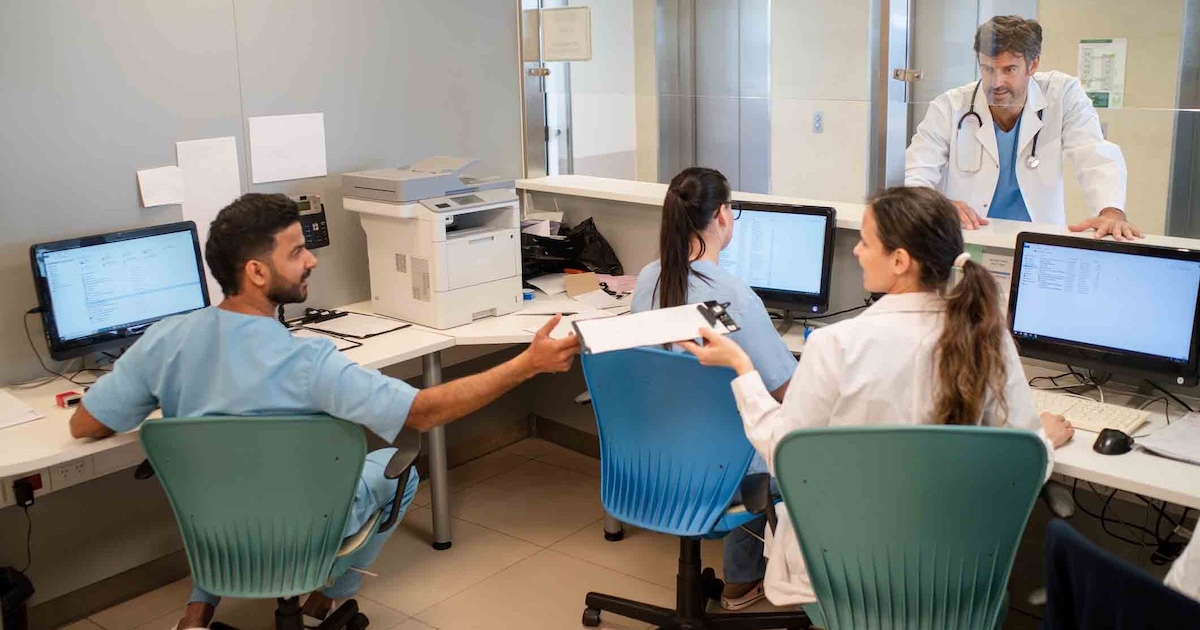An analysis of the first six months of a telehealth program serving "the sickest of the sick" has found significant savings in costs as well as improvements in quality of care.
Royal Philips and Arizona-based Banner Health unveiled the results of the Intensive Ambulatory Care (IAC) pilot program, which was launched in 2013. As part of the pilot, the organizations examined the first six months of results for 135 patients with multiple chronic conditions identified as the most complex and most costly – the top 5 percent of patients who account for roughly half of all healthcare expenditures.
[See also: Cutting readmissions with biometric monitors]
According to officials, the home-based telehealth project reduced the cost of care by 27 percent and reduced long-term and acute care costs by 32 percent, with those savings seen in reduced hospitalizations, fewer days spent in a hospital, and reductions in clinical services and outpatient costs.
In addition, the analysis showed a 45 percent reduction in hospitalizations, dropping from 11.5 per 100 patients per month prior to the program to 6.3 per 100 patients per month once the program was in place. Further broken down, acute short-term hospital stays dropped from 7.7 per 100 patients per month to 4.9; long-term care, home health or other facility stays dropped from 3.9 per 100 patients to 1.4; and the average number of days spent in a hospital per 100 patients dropped from 90.2 to 65.8.
“The results of our at-home telehealth pilot with Philips have been dramatic and are indicative of the exponential success such a program could have by engaging patients in their own care and building a strong support system around them,” Hargobind Khurana, MD, Banner Health's senior medical director of health management, said in a press release. “As we continue to expand this program, we anticipate seeing further proof that telehealth programs can address readmission rates, reduce costs and improve the health and quality of life for patients with multiple chronic diseases.”
[See also: Making the case for mHealth, telehealth collaboration]
“Telehealth is opening up choices for patients and providers, giving them the freedom to transform how, when and where proactive care is delivered to patients,” added Derek Smith, senior vice president of Philips' Hospital to Home initiative, in the release. “By focusing on those patients who generate the greatest healthcare spend, we’re able to help these individuals get better care in the comfort of their own homes, while also helping health systems achieve the financial reductions they need.”
Some 500 patients are now enrolled in the ongoing program, officials said.
[See also: CMS boosts telehealth in 2015 physician pay schedule]


